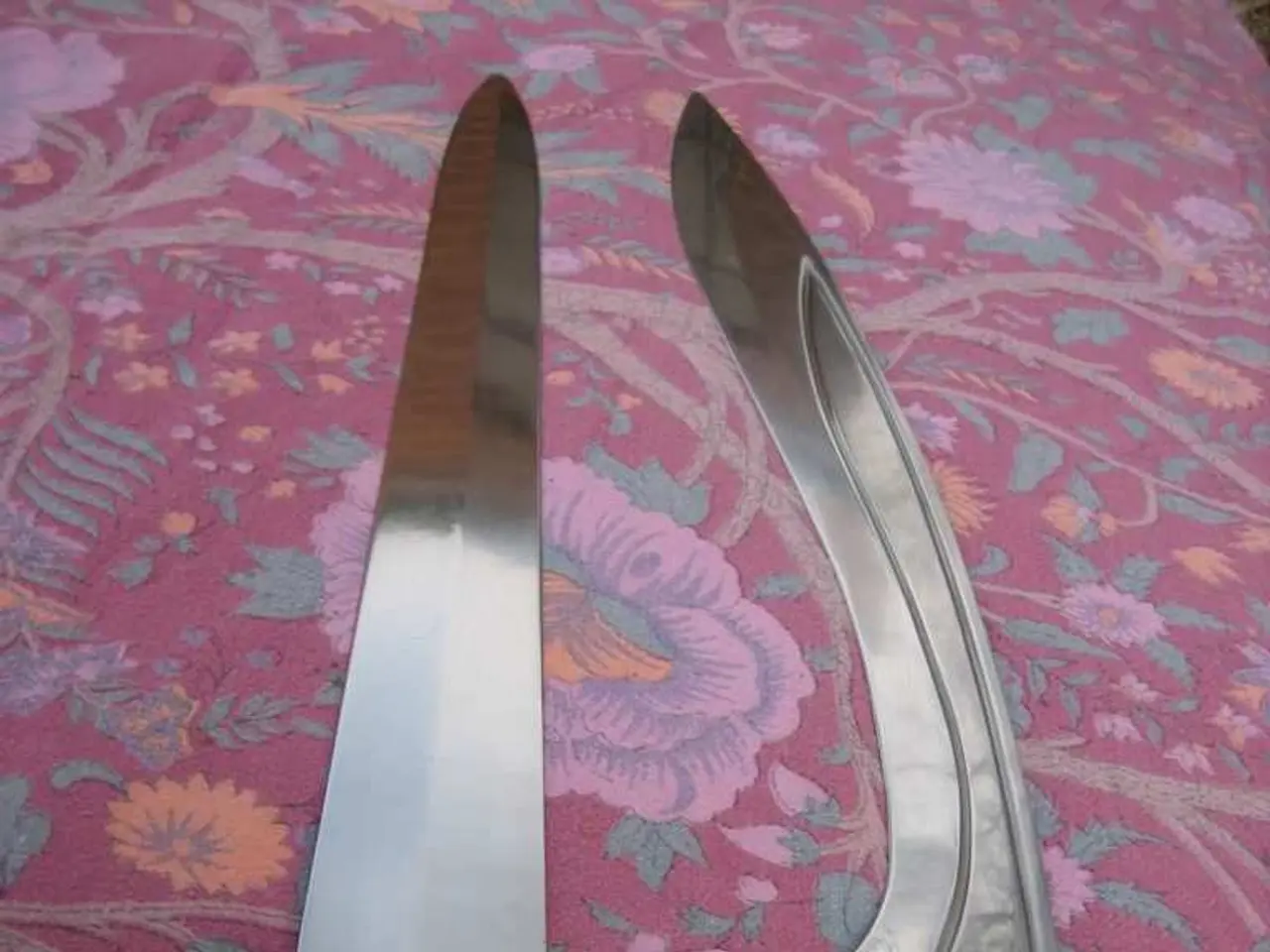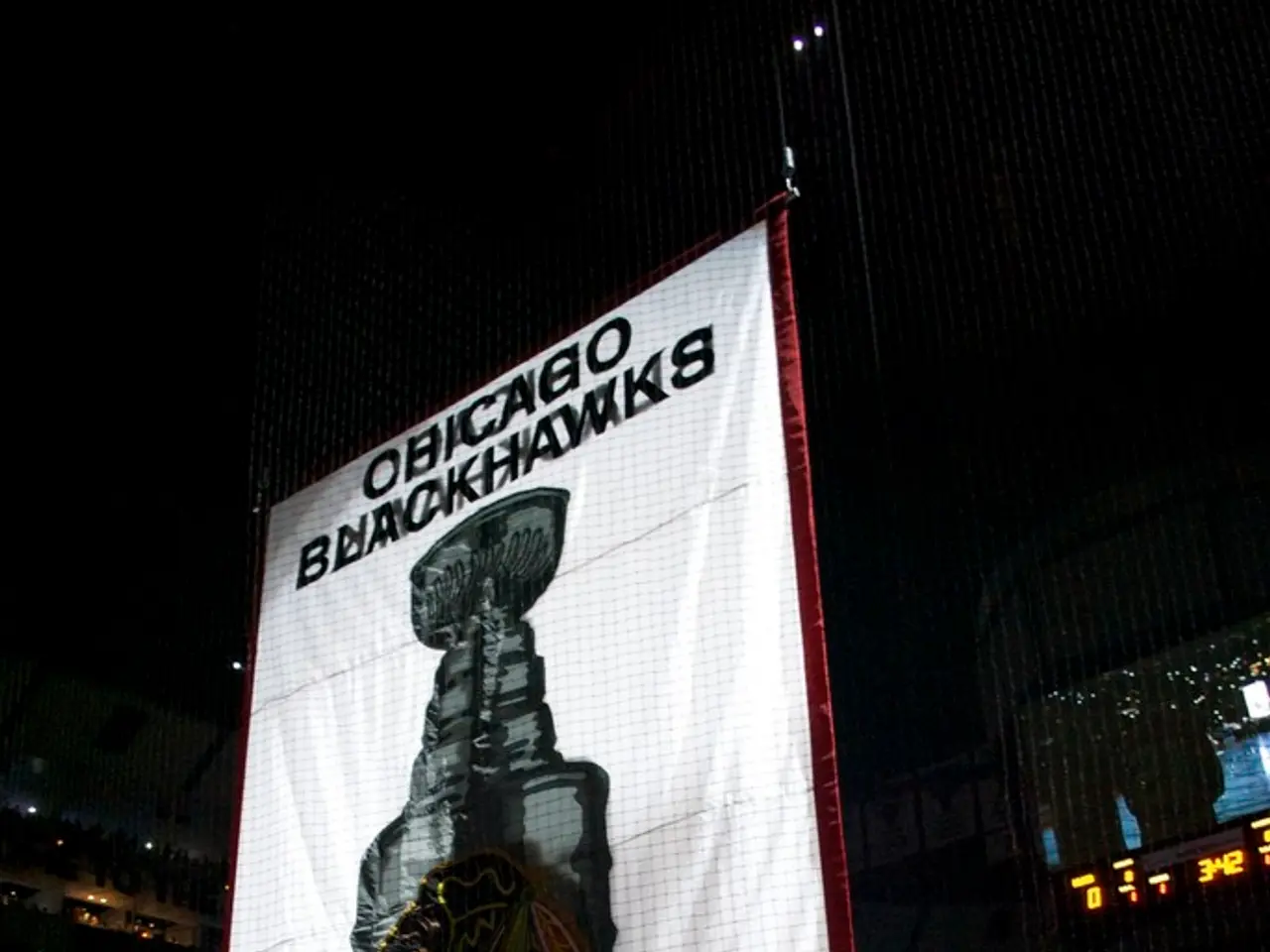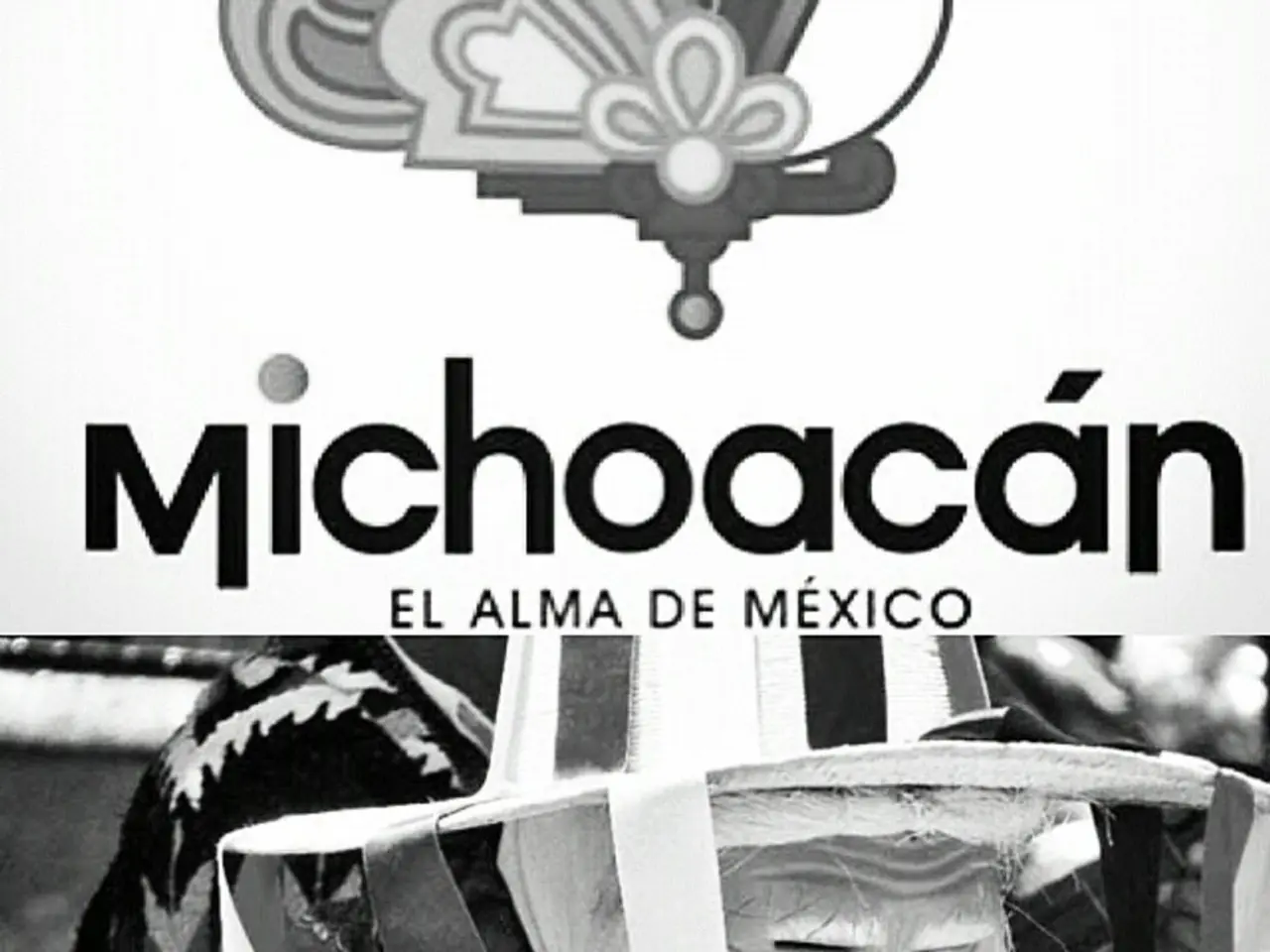Despite the tariff relief for US goods, Pakistan's elevated production costs continue to impede export growth.
Pakistan's input costs remain relatively high compared to regional competitors, negatively impacting its export competitiveness. This is according to a joint infographic by the Policy Research and Advisory Council (PRAC) and the Karachi Chamber of Commerce and Industry (KCCI).
The main cost components are:
- Interest rates: Pakistan’s central bank policy rate is at 11%, considerably higher than peer countries, where rates typically range from 3% to 10%, with some operating in single digits. Economists suggest that lowering the rate into single digits could reduce interest payments significantly, easing business costs and supporting export growth.
- Energy tariffs: Electricity costs for Pakistani exporters stand at about $0.16 per unit, which is roughly 2 to 3 times higher than rates in regional competitors. This high tariff is due partly to expensive local power plants and contractual terms with foreign independent power producers. Agricultural electricity tariffs are also notably high, unlike subsidized or free electricity for farmers in neighboring countries.
- Gas prices: Gas tariffs are similarly elevated and represent a significant burden on exporters. Strategic tariff reductions in gas are recommended to enhance Pakistan’s appeal as a manufacturing hub.
Additional issues include low labor productivity in Pakistan, estimated at $7.20 GDP per hour worked, below the regional peer range. Combined with high input costs, these factors constrain the ability of Pakistani exporters to compete globally.
Recent favorable measures such as the US tariff reduction on Pakistani goods from 29% to 19% offer a potential edge in the US market for Pakistani goods. However, these cost disadvantages, particularly in textiles (around 80% of exports), limit gains from trade agreements and tariff concessions.
To capitalize fully on trade opportunities, experts recommend immediate reforms on interest rates, energy tariffs, and gas prices alongside improvements in productivity. Jawed Bilwani, President of the KCCI, has stated that recent changes to the Export Finance Scheme (EFS) have dampened export momentum.
While Pakistan benefits from some external tariff improvements, persistent high input costs remain a critical barrier to enhancing export competitiveness compared with regional competitors. The United States has lowered its reciprocal tariff rate on Pakistani goods to 19%, making Pakistani goods more competitive compared to regional competitors such as India, Bangladesh, Vietnam, and Sri Lanka. However, unless these input costs are reduced, Pakistan risks missing out on the benefits of the trade advantage gained from the US tariff cut.
- The high interest rates in Pakistan, currently at 11%, increase the debt of businesses and present a risk for capital allocation, as rates in peer countries typically range from 3% to 10%, with some operating in single digits.
- Elevated energy tariffs, including electricity costs of approximately $0.16 per unit for Pakistani exporters, contribute to a debt burden and reduce the momentum of exports, given that regional competitors often have lower rates.
- Additionally, gas tariffs in Pakistan are significantly higher and serve as a debt burden for exporters, and strategic reductions in gas tariffs are recommended to capitalize on trade opportunities.
- The persistent high input costs in sports such as energy, interest, and gas, combined with low labor productivity, present a risk for Pakistan's export competitiveness in the context of increasing inflation and its impact on financing.





